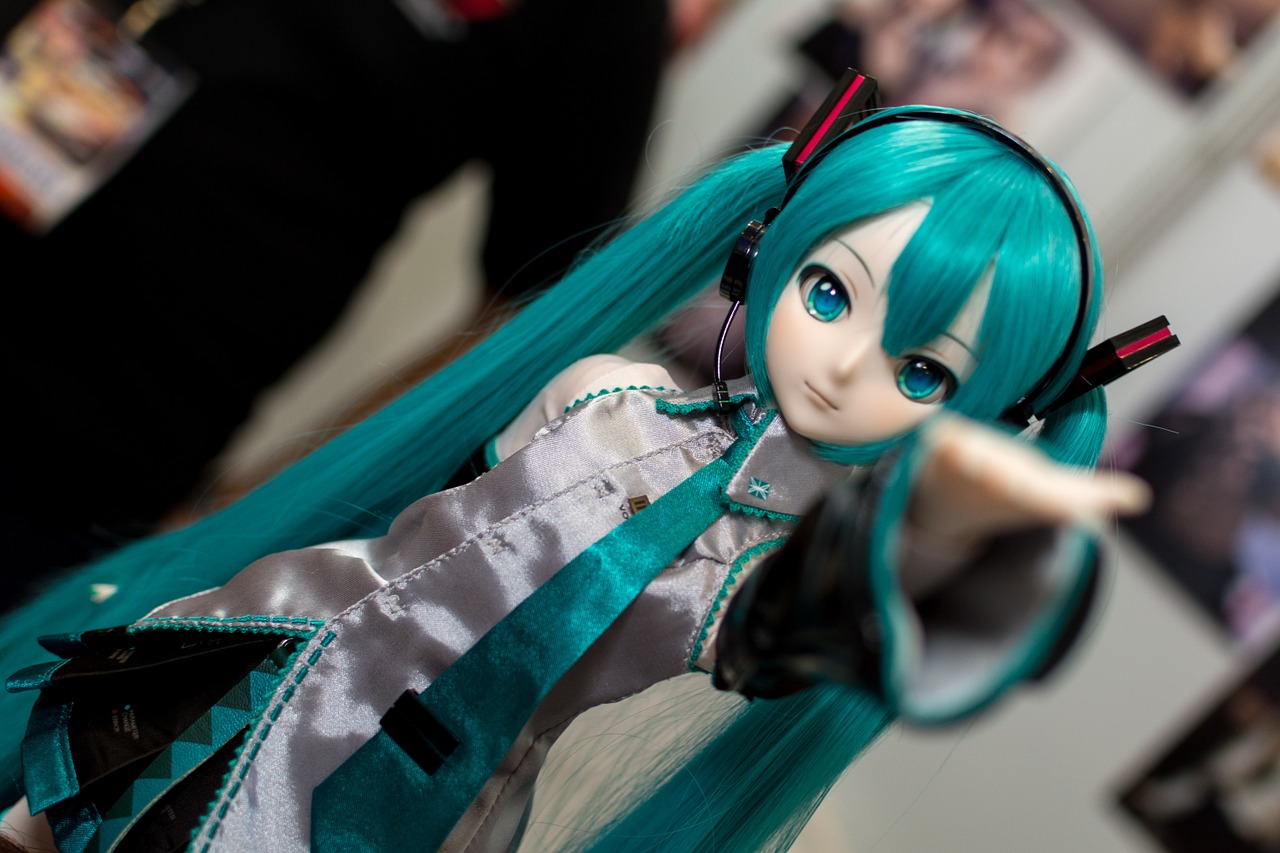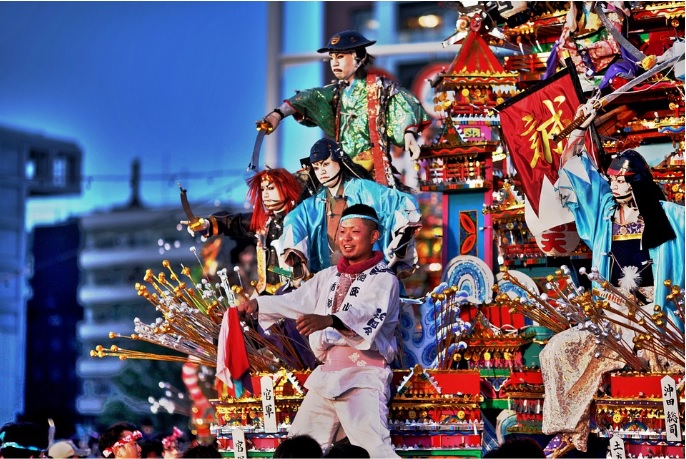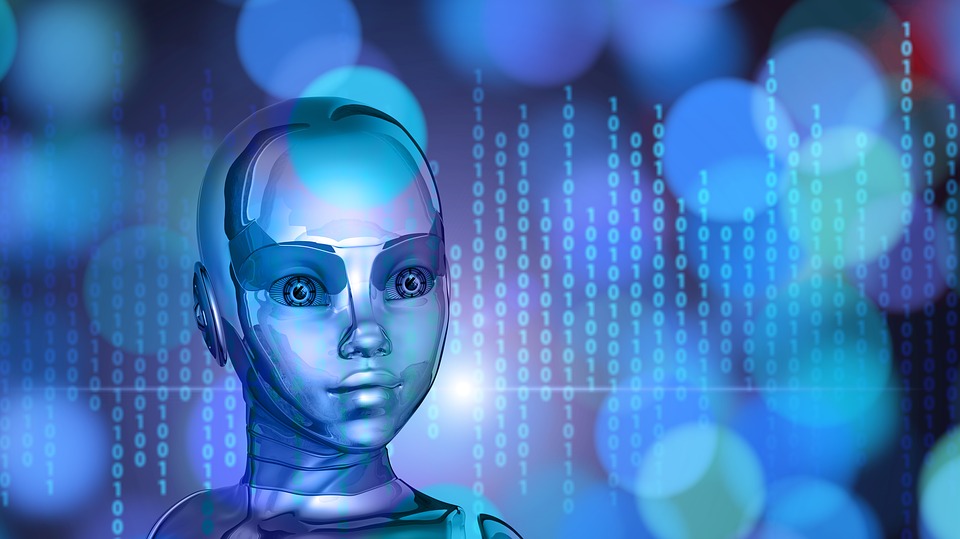
You might be familiar with Hatsune Miku, Kaito, and Aoki Lapis. They are those 3D anime that you’ve heard and seen on Youtube, singing songs like real pop stars.
They are Vocaloids, that mimic the sound of a human voice, and can be programmed to sing words as they are being written.
But how do these Vocaloids became instrumental singers or even as a cultural phenomena?
History of Vocaloid
Vocaloid is a singing voice synthesizer that enables users to blend in artificial singing together on a computer. It uses a synthesizing technology, with specially recorded vocals of voice actors and singers.
Vocal synthesis, however, is not actually a new concept until 1961, after New Jersey-based Bell Laboratories scientists had an IBM 7094. It was the first computer that has the ability to sing. Vocals and accompaniments were input to the program to sing “Daisy Bell” by Harry Dacre.
In 2000, Hideki Kenmochi, at Pomper University in Spain, developed the signal processing part of the voice synthesizer software. It was not created for commercial use before, and the software can only pronounce vowel. Through Yamaha Corporation, the software was developed into a commercial product, “Vocaloid”. Hideki Kenmochi became the father of Vocaloid since then.
Leon and Lola
In 2004, Zero G, a company specializing in musical instruments software, released the vocals called Leon and Lola, under Yamaha. Version 1 of vocaloid became available to the public and released under the title, Virtual Soul Vocalist.
Meiko
Later on the same year, a company, Crypton Future Media released their own vocaloid. The company designed a female character, Meiko, whose vocals were provided by the Japanese singer Meiko Kaji. Meiko has much clearer and more understandable vocal features than Leon and Lola, and became popular among the music stores.
Kaito
Due to Meiko’s success, the company released another vocaloid, Meiko’s male counterpart, Kaito, and was introduced to the market in 2006. It also had anime features, but unfortunately, it was not enough to attract more customers. Kaito was considered a failure after only 500 copies were sold.
Vocaloid 2
The creation of the vocaloids Leon and Lola, Meiko, and Kaito attracted the attention of more companies. They became the biggest factors in releasing the software update, Vocaloid 2. The PowerFX Systems AB released it on 2007, and entitled it, Sweet Ann, A Space-lounge Vocaloid Sensation.
Hatsune Miku
Female vocaloids became more popular than that of males. So a broader, less professional vocaloid was released in the name of Hatsune Miku. It has turquoise hair, a more anime style, and a highly animated voice that immediately gained popularity.
The introduction of Miku become the catalyst for the vast expansion of Vocaloids and the birth of many more future innovations. Because of this, Miku became the face of the Vocaloid. She had concerts in Japan and was even invited to open for Lady Gaga’s concert. She even performed at the Late Show with David Letterman.
UTAU
Many companies produced anime-based mascots, thus expanding the fan base even more. But one of the most important innovations that was made and inspired by Vocaloids is the freeware derivative of Vocaloid, UTAU. It allows users to take ore-recorded phonemes and string them together to form full sentences.
Vocaloid 3
After the success of Vocaloid 2, Vocaloid 3 came out with an easier-to-use software, more expressive vocals and and has different languages including Chinese, Spanish, and Korean.
Vocaloid 4
The latest version is Vocaloid 4. Unlike any other versions, Vocaloid 4 has the most humanistic sound feature.
Since then, several companies have developed and marketed softwares based on the synthesizer, and music retailers have already opened up sections for Vocaloid music in their music stores.
Vocaloids eventually have been loved by many, even those who are not Japanese. This just proved that until they make the software available for all the languages, Vocaloid will be an endless story.





